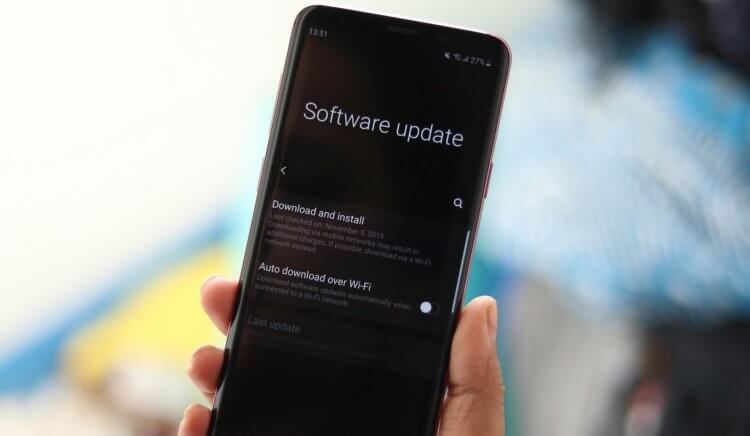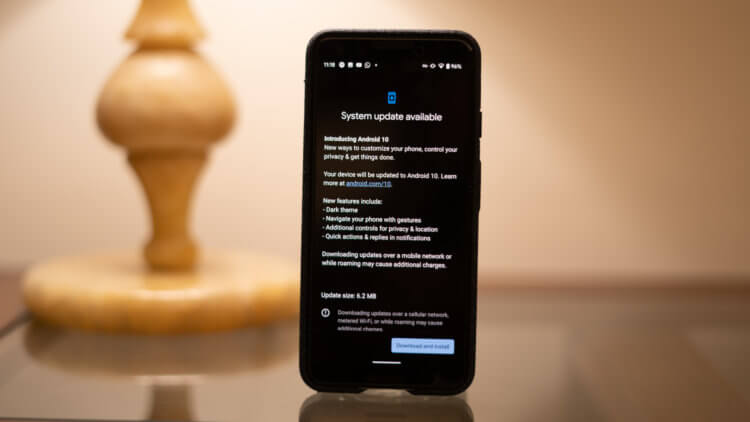Updates Android and their practical uselessness in conditions of negligent attitude of manufacturers – sounds like a topic for a thesis or at least a thesis that I could write if I studied at the Faculty of Smartphone Science. If you read from time to time what I am writing about, you should probably know about my dissenting attitude towards updates. It's not that I don't recognize their importance at all, but I sincerely believe that in the paradigm given by Google, they really don't make much sense. However, the search giant has a way to fix it.

Updates Android have to be paid because it makes sense
The key reason why manufacturers refuse to update their smartphones for more than two years, putting them in the hands of custom firmware developers, is the non-commercial nature of such a phenomenon as support. Simply put, the costs of adaptation and distribution of updates are simply not compensated for, and therefore there is no particular reason for vendors to engage in charity. Therefore, I think it would be perfectly adequate and correct to make updates Android paid, making it possible to receive them only to those who really need it.
Why paying for updates is right

Paid updates will save Android
Yes, among the majority of users, my idea clearly will not find a response. Pay for updates? What more! Many people consider it a shame to pay for an application and are ready to surf the Internet in search of hacked versions, putting themselves at risk. However, we will not talk about them. In the end, they'll get along fine with custom firmware too. But for those who are really interested in receiving optimized updates, which will be released not for show, but in order to expand the functionality and improve the quality of their devices, this will be a real salvation.
Well, see for yourself. Today, manufacturers have no reason to adapt the updates that Google releases, and therefore, by hook or by crook, they merge in order not to do this. Some simply release dummy patches that only change the OS build number, others optimize updates carelessly so that as a result, after the update, the device starts to work worse than before, and still others make a statement that yesterday's flagship is not performing enough , and therefore support for the next version Android will be deprived of it.
How paid upgrades will make Android better
But if users start paying for updates, this, firstly, will give this whole story a commercial color, and it will make sense for manufacturers to optimize, debug and test updates, which in turn will make them useful and necessary, and, secondly, will allow users not only to take a more responsible approach to the question of whether they really need a new version of the OS or not, but also to demand something from the manufacturer.
For those who do not want to pay, nothing will fundamentally change. They have not received updates before, and will not receive them if a paid distribution model is introduced. After all, the vast majority of smartphones today run exactly the version of the operating system that was installed on them from the factory. However, for those who really need new functions, who are interested in high stability and confidence that the device will not freeze at the most inopportune moment or go into an endless reboot, the introduction of the board will only benefit. Dixi.
